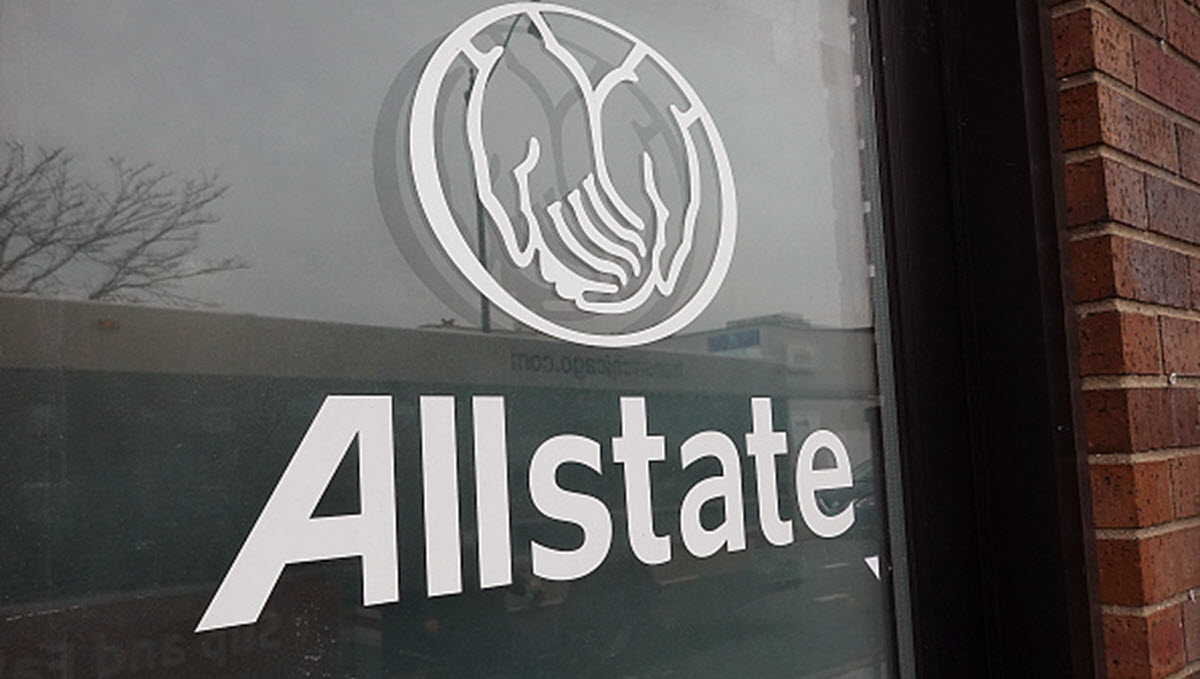Marin County has moved out of the state's most restrictive coronavirus pandemic reopening tier, allowing various business sectors to resume operating indoors with reduced capacity, a state public health official said Tuesday.
Marin County was one of three counties to move Tuesday from Tier 1, the most restrictive, purple tier in the state's color-coded reopening system, to Tier 2, or the red tier. Inyo and Tehama counties also moved from Tier 1 to Tier 2.
With the move, which was predicated on the county reducing its rate of positive coronavirus tests, the state is allowing retail stores, indoor malls, personal care services like skin care and nail services, museums, places of worship, movie theaters, gyms and restaurants to resume indoor operations in Marin County with modified capacities.
In addition, K-12 schools will be allowed to resume indoor classes once the county has been in Tier 2 for at least 14 days.
"These three counties met … the thresholds for the red tier for two consecutive weeks, and for that reason they're moving," state Health and Human Services Secretary Dr. Mark Ghaly said during a Tuesday afternoon coronavirus briefing.
Counties must have fewer than seven new coronavirus cases per 100,000 residents and a test positivity rate lower than 8 percent for two consecutive weeks before they can move into a less restrictive tier.
Once a county moves into a new tier, it must remain there for at least 21 days before it can move into Tier 3, even if the county meets the thresholds for that tier.
Local
The soonest Marin County could move to Tier 3, provided it tallies fewer than four new cases per 100,000 residents and a positivity rate below 5 percent, would be Oct. 6 under the state's system.
"We've made a lot of progress, and this gives us more choices as residents," Marin County Public Health Officer Dr. Matt Willis said. "But more freedom also brings more risk. Our challenge is to move forward without increasing transmission."
Since the state introduced the tiered reopening and restriction system Aug. 28, eight counties have moved from Tier 1 to Tier 2, including Santa Cruz and Santa Clara counties.
Ghaly indicated that multiple other counties in Tier 1 met the thresholds for Tier 2 this week, putting them on track to leave the purple tier when the state next updates county placement Sept. 22.
As of Tuesday, 30 counties are in Tier 1, 17 are in Tier 2, nine in Tier 3 and two counties -- Modoc and Alpine -- are in the least restrictive tier.
"Our hope is to continue to work with counties as they move through the tier system to make sure that all preventative measures, that the contact tracing is adequate so that we avoid any counties moving backwards," Ghaly said.
Ghaly and Dr. Erica Pan, the state's acting public health officer, said that coronavirus testing metrics statewide continued to trend down in the last week.
The state's 14-day average test positivity rate fell from 4.3 percent Sept. 8 to 3.6 percent Tuesday, according to Pan. That decrease comes as the state's 14-day average of reported tests sits at nearly 104,000.
Ghaly said he is encouraged both by the aggregated coronavirus figures as well as the decrease in spread at a county level, even as flu season approaches and may intertwine with the pandemic.
"(This improvement) reminds me every day that we do have the tools to continue to win this war against COVID and it's really up to us, 40 million strong, to keep putting it into practice every day," he said.
This story was reported and written by Eli Walsh for Bay City News Foundation.



